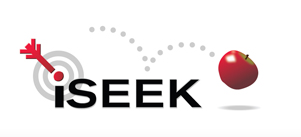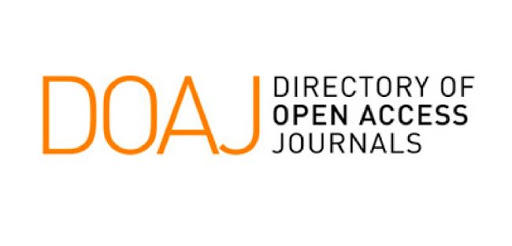Paper ID : SMJ1001235701545 | View : 10

Abstract : Background: Foreign body ingestion is a common problem among children, with high morbidity and fatality rates. Coin was the most commonly reported kind of foreign body ingestion. Coins were not often used in Saudi Arabia until a new series of coins was produced in 2016. This study was carried out to determine the types, locations, and results of foreign bodies, as well as to analyze the rate of coin ingestion before and after the coins were distributed and utilized in the country. Methodology: This study was carried out as a retrospective comparison study at the maternity and children hospital in Dammam, Saudi Arabia, in 2015 and 202. The patients were divided into two groups: pre-coin exchange 2015 (26 patients) and post-coin exchange 2021 (26 patients) (82 patients). Results: The study comprised a total of 108 patients of foreign body ingestion, with a mean age of (4.1 ± 2.4). Significant correlations (p < 0.05) were found between the two groups (2015, pre-coin exchange), (2021, post-coin exchange) in the elements of incidence of foreign body ingestion in general, coin ingestion, and rate of admission were considerably higher in year 2021 post-coin exchange. Conclusion: The prevalence of foreign body ingestion, particularly coin, has risen in Saudi Arabia after the implementation of the currency exchange initiative. Therefore, early diagnosis and treatment of foreign body ingestion are essential for avoiding adverse outcomes.










